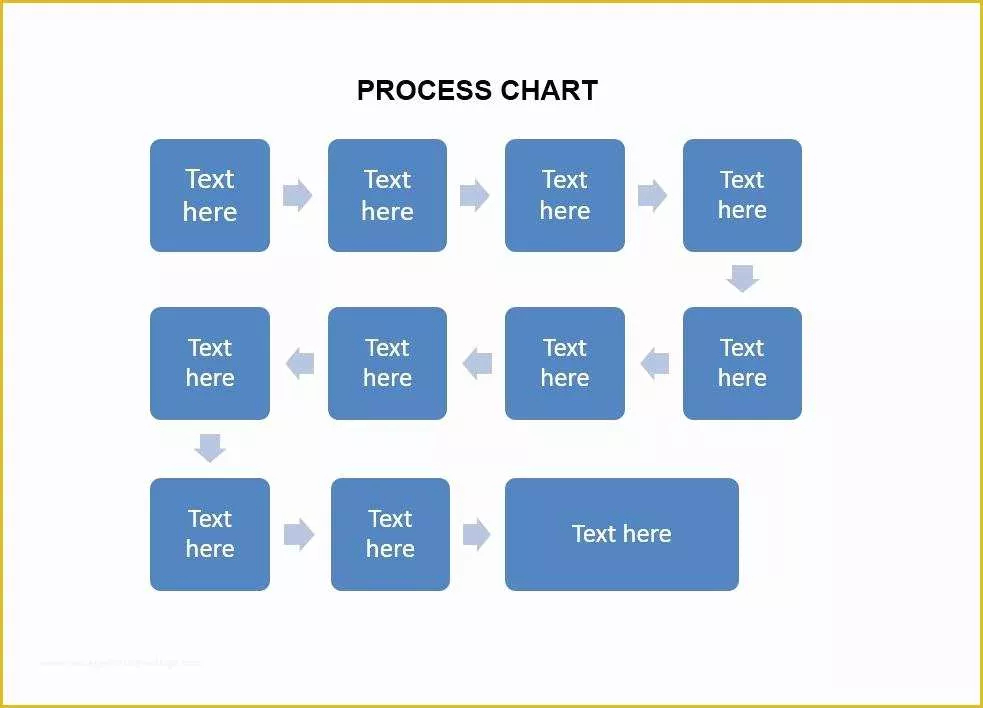A flow chart is a visual representation of a process or workflow. It uses various symbols and shapes to depict different steps, decisions, and outcomes in a sequential manner. Flow charts are commonly used in project management, business processes, and technical documentation to help visualize and understand complex processes.
Simple Flow Chart Sample
Benefits of Using Flow Charts
1. Clarity: Flow charts provide a clear and concise overview of a process, making it easier for individuals to understand and follow.
2. Communication: Flow charts serve as a universal language that can be easily understood by stakeholders, team members, and clients.
3. Problem-solving: Flow charts help in identifying bottlenecks, inefficiencies, and potential areas for improvement in a process.
4. Decision-making: Flow charts can assist in making informed decisions by visualizing different options and outcomes.
How to Create a Simple Flow Chart
1. Start by identifying the process or workflow that you want to represent in the flow chart.
2. Determine the key steps, decisions, and outcomes involved in the process.
3. Choose the appropriate symbols and shapes to represent each step, decision, or outcome. Common symbols include rectangles for processes, diamonds for decisions, and arrows for the flow of the process.
4. Connect the symbols with arrows to show the sequence of steps in the process.
5. Add labels or descriptions to each symbol to provide clarity and context.
6. Review and refine the flow chart to ensure accuracy and clarity.
